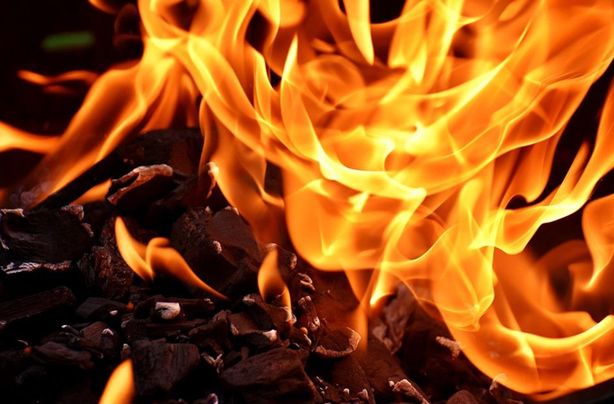All You Need to Know about Carbon Black Industry: Market Size and Global Trends
Carbon black is the outcome of an incomplete combustion of heavy petroleum products. The petroleum products that produce different types of carbon black are FCC tar and ethylene cracking tar. Different types of carbon black are channel black, lamp black, furnace black, acetylene black, and thermal black. Carbon black is a paracrystalline element with a high surface area-to-volume ratio.

Carbon black is quite similar to activated carbon but highly toxic for plant and animal life and therefore, it is only suitable for industrial use. Some of the most common industrial applications of carbon black are diesel oxidation experiments for diesel soot, reinforcing filler in tires, in plastics, paints, and inks. However, the industrial applications of carbon black require utmost care and precaution as it is a carcinogenic element which is extremely harmful to human health. Direct exposure to carbon black for even a few minutes can result in respiratory issues while regular exposure may result in grave health issues such as lung cancer.
Carbon Black Industry Market Outlook and Size:
Being a primarily used product in the industries such as automotive, petroleum, and more, carbon black is usually in high demand. The global carbon black industry thrives majorly on the chemical and automotive industry in which specialty black segment of carbon black is in high demand. The global carbon black industry is growing at a Compound Annual Growth Rate (CAGR) of 3.5-4 percent and it is expected to maintain the growth rate untill 2022. The industry has witnessed a surge in the demand due to rapid growth in the automotive industry, especially in the emerging economies. APA is the region with highest demand and also a high supply power across the globe. China dominates the global carbon black market with approximately 41 percent of market share.
The tire industry accounts for approximately 67 percent of the global carbon black demand whereas specialty black sector accounts for 9 percent of the niche demand from different industries as well.
The major supply markets of carbon black include North America, European Union, and APAC. The supply share contribution of these 3 regions lays around 11 percent, 13 percent, and 61 percent respectively. However, the supplier power remains low in these regions contrary to the buyer power which is usually high here. The top global players in the industry belong to these 3 regions i.e. Aditya Birla Carbon, Orion, Cabot, Jiangxi Black Cat, and CSRC.
Global Carbon Black Industry Trends:
The industry is seeking for capacity additions on different fronts. Approximately 0.91 MMT of carbon black is being added in the APAC region until 2022. However, other regions are not motivated enough for adding capacities due to low-profit margins and stringent environmental regulations. However, the capacity additions do seem to affect the current industrial scenario as the current capacity situation is not tight.
The industry is also witnessing price fluctuations in the major regions including the U.S., APAC, and Europe. The major reason is the dependency on the type of carbon black. Europe and the U.S. have a balanced dependence on crude oil and coal-based carbon black whereas APAC market relies heavily on coal-based carbon black. The same is the case with operating rates as these are likely to remain at a range of 80-85 percent in the next 5-6 years.
Talking about the demand outlook, carbon black demand from the tire industry is expected to rise at a steady pace in the coming years. The manufacturers in the APAC and the U.S. region are also adding capacities to meet the rising domestic demand.
On the other hand, trade dynamics plays an important role in the global market scenario as well. Specialty carbon black price and its quality are the two driving factors that affect the supply and demand. North America has reduced its imports on marginal levels whereas the supply glut has caused Europe to increase exports. However, China is still maintaining its position as a net exporter as it exports the product to other Asian countries.
Global Carbon Black Market Challenges:
A major challenge for the global carbon black market is the environmental concerns of the governments and activists. Although the concerns are justified due to the severe harms of carbon black and its production methods to the environment and human health, it will also severely impact the market which will result in decreased demands and a search for cleaner alternatives. In addition, precautions such as better working conditions and preventive measures may significantly reduce the risk of harming worker’s health but it will still affect the environment.
The global carbon black market is quite specific and it involves a few players that dominate the global market. A single nation, China dominates the global market share which shows that the market is in consolidation state. In addition, environmental concerns and stringent regulations are affecting the market for limiting both the supply and demand.
